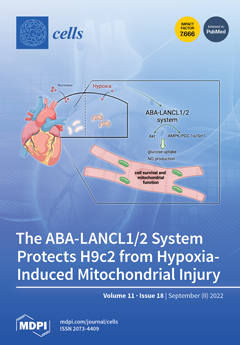Rationale: Infection with the SARS-CoV2 virus is associated with elevated neutrophil counts. Evidence of neutrophil dysfunction in COVID-19 is based on transcriptomics or single functional assays. Cell functions are interwoven pathways, and understanding the effect across the spectrum of neutrophil function may identify therapeutic targets.
Objectives: Examine neutrophil phenotype and function in 41 hospitalised, non-ICU COVID-19 patients versus 23 age-matched controls (AMC) and 26 community acquired pneumonia patients (CAP).
Methods: Isolated neutrophils underwent ex vivo analyses for migration, bacterial phagocytosis, ROS generation, NETosis and receptor expression. Circulating DNAse 1 activity, levels of cfDNA, MPO, VEGF, IL-6 and sTNFRI were measured and correlated to clinical outcome. Serial sampling on day three to five post hospitalization were also measured. The effect of ex vivo PI3K inhibition was measured in a further cohort of 18 COVID-19 patients.
Results: Compared to AMC and CAP, COVID-19 neutrophils demonstrated elevated transmigration (
p = 0.0397) and NETosis (
p = 0.0332), and impaired phagocytosis (
p = 0.0036) associated with impaired ROS generation (
p < 0.0001). The percentage of CD54+ neutrophils (
p < 0.001) was significantly increased, while surface expression of CD11b (
p = 0.0014) and PD-L1 (
p = 0.006) were significantly decreased in COVID-19. COVID-19 and CAP patients showed increased systemic markers of NETosis including increased cfDNA (
p = 0.0396) and impaired DNAse activity (
p < 0.0001). The ex vivo inhibition of PI3K γ and δ reduced NET release by COVID-19 neutrophils (
p = 0.0129).
Conclusions: COVID-19 is associated with neutrophil dysfunction across all main effector functions, with altered phenotype, elevated migration and NETosis, and impaired antimicrobial responses. These changes highlight that targeting neutrophil function may help modulate COVID-19 severity.
Full article






